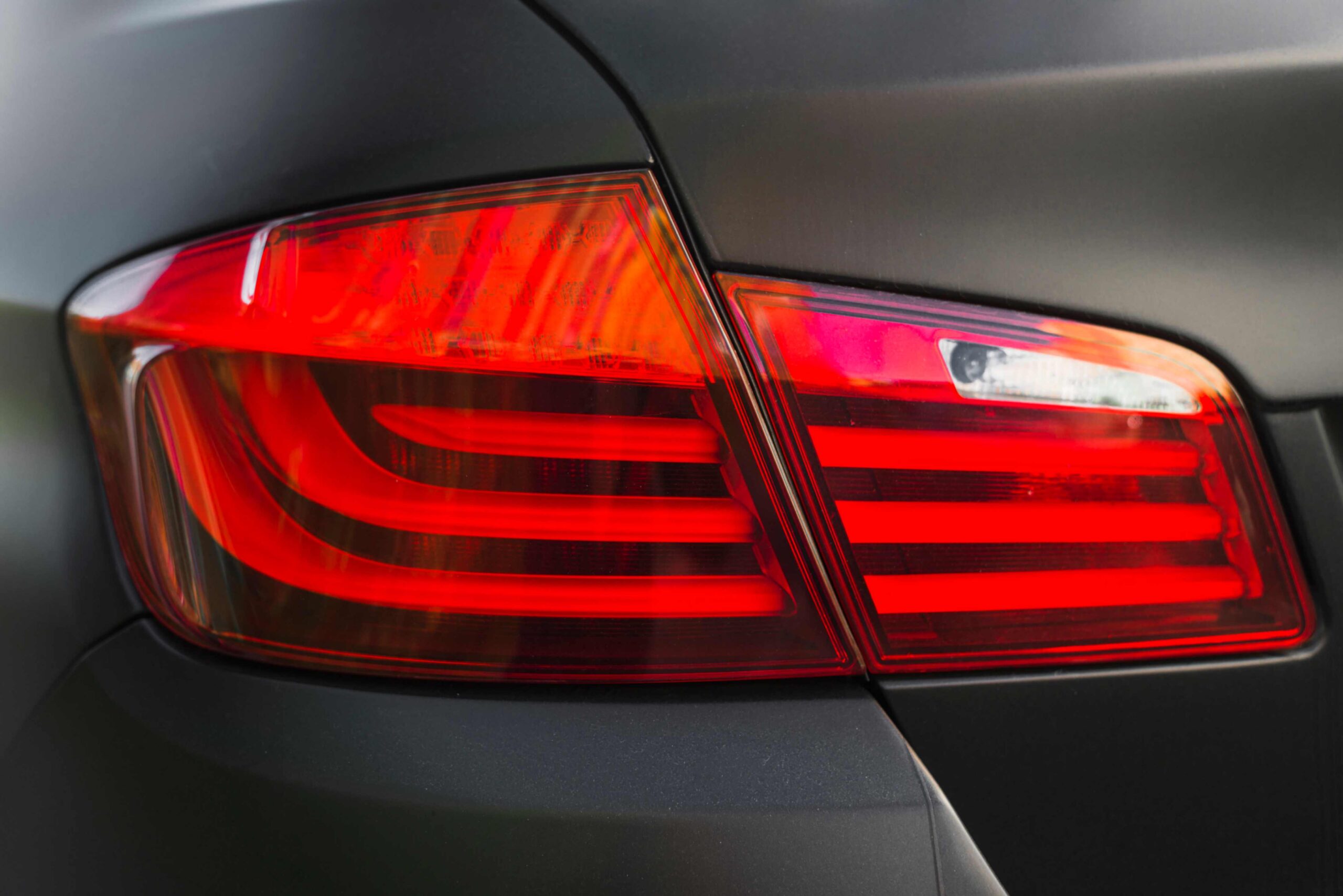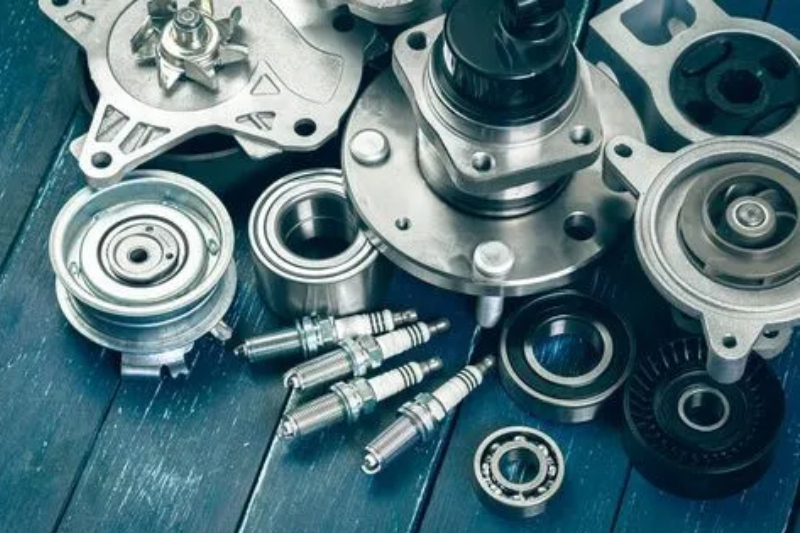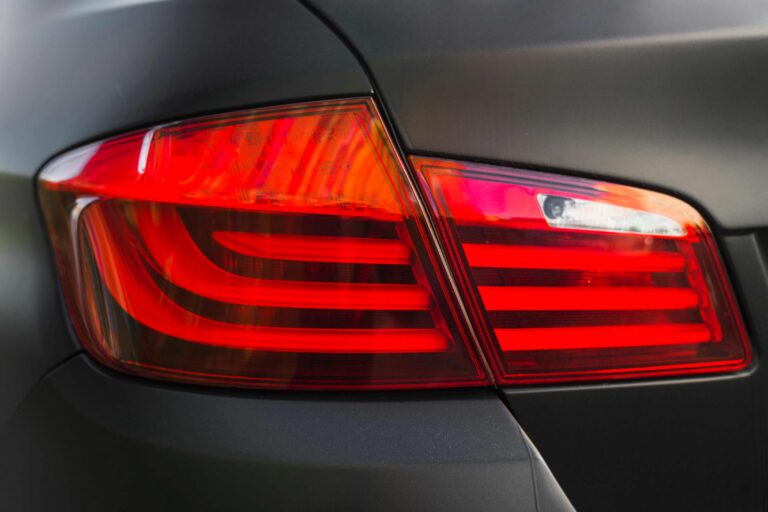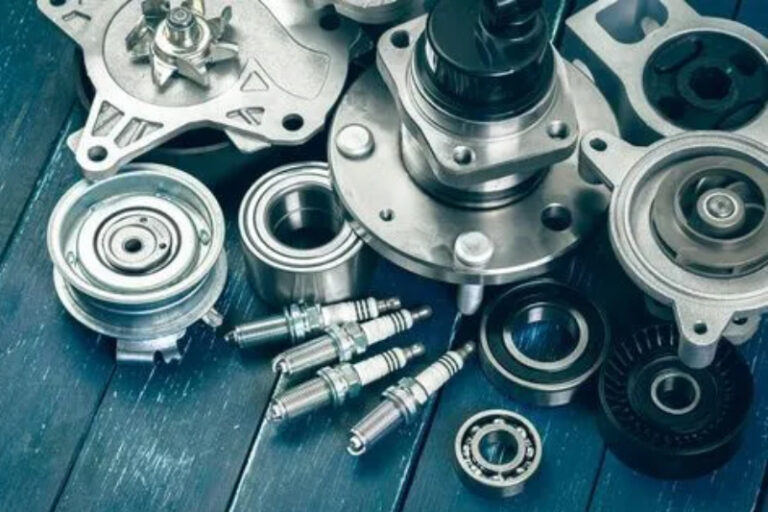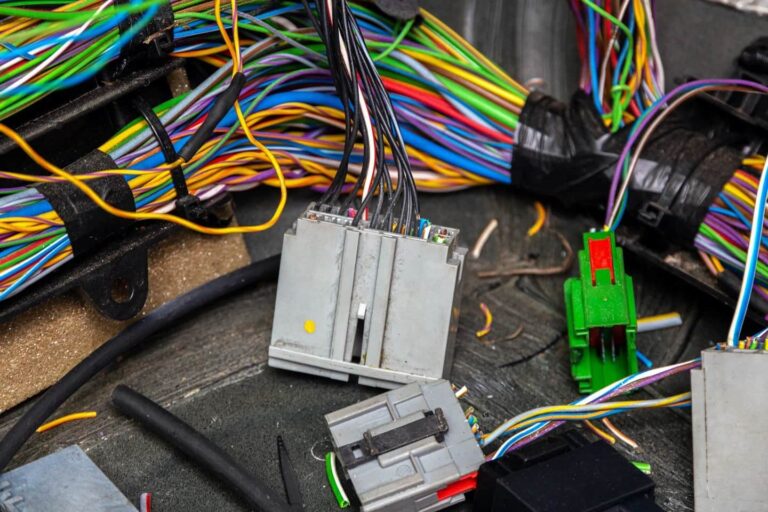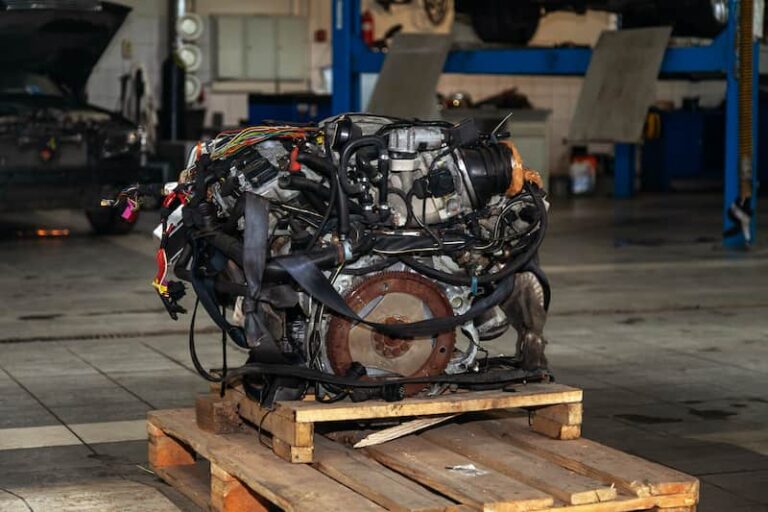When it comes to choosing the right brake fluid for your vehicle, DOT 5 brake fluid stands out because of its silicone-based formulation and unique performance characteristics. While most everyday vehicles run on DOT 3, DOT 4, or DOT 5.1, some specialized vehicles – especially collector cars – use DOT 5 brake fluid due to its moisture resistance and ability to withstand high temperatures. Understanding DOT 5 brake fluid compatibility is essential for ensuring safety, proper brake performance, and the longevity of your braking system.
DOT 5 brake fluid is known for having a high boiling point – around 260°C dry and 180°C wet – which makes it suitable for vehicles that encounter extreme heat conditions. Because modern brake rotors are thinner and designed for better heat dissipation, silicone-based brake fluids can be advantageous in specific situations. DOT 5 also offers excellent protection for painted surfaces and does not absorb moisture, making it a favorite for restored and classic vehicles.
Below are the major factors you need to know about DOT 5 brake fluid, its characteristics, compatibility, and whether it’s suitable for your vehicle.

Key Pointers About DOT 5 Brake Fluid Compatibility
1. DOT 5 Brake Fluid Is Silicone-Based
DOT 5 is distinctly different from DOT 3, DOT 4, and DOT 5.1 fluids because it is made from silicone. This makes it:
- Hydrophobic (does not absorb water)
- Less corrosive
- Safe for painted surfaces
- More stable in storage
However, its silicone nature also means it is not compatible with glycol-based brake fluids.
2. DOT 5 Does Not Damage Seals
A common misconception is that DOT 5 damages rubber seals. According to extensive user experience and testing:
- DOT 5 does not harm seals
- Seal damage typically occurs from old, degraded rubber previously used with DOT 3 or DOT 4
- Switching fluids can loosen old deposits, turning the new DOT 5 fluid dark or black
Vintage cars with hydraulic brake light switches may experience problems, but modern vehicles with pedal-activated switches do not.
3. Reasons DOT 5 Is Not Commonly Used
Even though DOT 5 offers several benefits, it remains less popular for daily-use vehicles because:
- It tends to trap air bubbles easily, creating a spongy pedal feel
- It can feel “squishy” compared to glycol-based fluids
- It is not approved by most racing organizations
- It requires complete system flushing before use
- It is easy to misuse, especially in systems that contain moisture
DOT 5 is best used in vehicles that do not see daily driving and are maintained under controlled conditions.
4. Advantages of Using DOT 5 Brake Fluid
Despite its drawbacks, DOT 5 has several strong advantages for specific scenarios:
- Does not absorb moisture, reducing internal corrosion
- Perfect for collector cars, vintage vehicles, and show cars
- Safe on painted surfaces, useful in restored vehicles
- Works well when all rubber components are replaced
For vehicles that sit unused for long periods, DOT 5 can significantly increase the lifespan of brake system components.
5. Differences Between DOT 5 and DOT 4 Brake Fluid
Understanding the key differences helps determine compatibility:
- DOT 4 is glycol-based, requiring periodic replacement
- DOT 5 is silicone-based, does not absorb water
- DOT 4 is more lubricating than DOT 5
- DOT 5 offers higher boiling points and corrosion resistance
- DOT 4 is used in most modern European and American cars
If your vehicle originally used DOT 3 or DOT 4, switching to DOT 5 requires replacing all seals, hoses, and flushing lines with isopropyl alcohol.
Using DOT 5 Brake Fluid in Real Vehicles
DOT 5 is primarily used in:
- Classic vehicles
- Military vehicles
- Showroom-condition collector cars
- Vehicles that sit unused for long periods
- Brake systems specifically built for silicone fluids
Before switching to DOT 5, a complete overhaul of the braking system is required. This includes replacing:
- Master cylinder seals
- Wheel cylinder or caliper seals
- Rubber brake hoses
- Proportioning valve rubber parts
Once the system is dry, flushing with compressed air is essential before adding DOT 5.
For most daily drivers, DOT 5 offers more disadvantages than benefits, which is why manufacturers continue to recommend glycol-based DOT 4 or DOT 3 fluids.
FAQs
No. DOT 5 cannot be mixed with glycol-based fluids. Mixing them can lead to gelling, brake failure, and damage to brake components.
Generally, no. DOT 5 is not ideal for daily drivers because it can create a spongy pedal feel and requires a fully rebuilt brake system to use safely.
Yes. Because it does not absorb moisture, it dramatically slows internal corrosion, making it ideal for classic cars and vehicles stored for long periods.
No. Most racing authorities do not allow DOT 5, and it is not recommended for performance vehicles because of its compressibility and tendency to aerate.
Check your owner’s manual. If your braking system originally used DOT 3 or DOT 4, you would need a complete system flush and seal replacement before using DOT 5.


